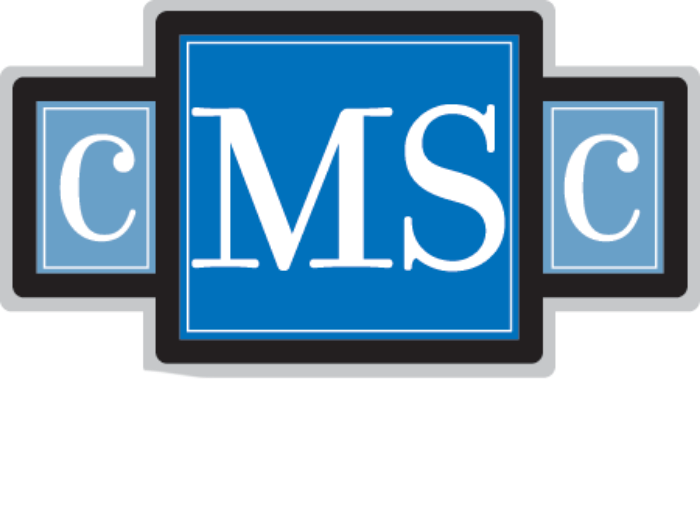Practice Points
- When developing plans of care, physical therapists should consider how psychosocial factors such as pain impact, depression, and social support may affect walking-related goal attainment.
- Addressing these factors through multidisciplinary, comprehensive care may help individuals with multiple sclerosis reach their rehabilitation goals.
Impaired mobility and gait dysfunction have been identified as important priorities for individuals with multiple sclerosis (MS) as they greatly affect their quality of life.1 Physical therapy (PT) is a vital component of MS care that has been proven to enhance walking endurance, walking speed, and dynamic functional walking.2 When constructing plans of care and goals, physical therapists consider factors such as limitations in function and participation, as well as psychosocial factors.3 Understanding factors that either create barriers to or promote achievement of goals can help physical therapists identify ways to individualize treatment plans or consider outside referrals and resources.
Pain and fatigue are common in MS4-6 and are associated with decreased physical activity levels and functional impairments.4,7 Many individuals report that pain interferes with their mobility,8 and greater subjective fatigue has been associated with declines in walking speed,9 impaired gait parameters,10 and worsened perceived walking ability.11 However, physical activity and exercise have been shown to reduce fatigue in MS,12-14 and there is some evidence that they can also alleviate pain.15 Maladaptive thought processes (eg, catastrophizing) also play a role in an individual’s experience of pain and fatigue, acting as mediators between symptom intensity, impact, and mood.16
Psychiatric diagnoses, such as anxiety and depression, are frequently seen in individuals with MS and are associated with pain and fatigue.17,18 Greater anxiety and increased severity of symptoms of depression have been associated with less healthy lifestyle choices and lower amounts of physical activity or exercise.19,20 Individuals with MS with higher anxiety or depressive symptomatology have reported more subjective walking difficulties,21 with the Multiple Sclerosis Walking Scale (MSWS- 12) explaining 19.2% of depression’s variance.22 While individuals with depression have also demonstrated lower walking velocity and cadence, these differences were no longer significant after controlling for age, gender, and disability.22
Walking-related impairments are also associated with social relationships,23 with approximately two-thirds of individuals with MS reporting that their walking difficulties negatively affected relationships with friends (67%) and family (65%), respectively.23 Perceived walking ability is also connected to exercise-related support from family and friends.24 Higher levels of social support have been associated with greater physical activity24,25 and better emotional well-being,26-30 as well as fewer physical symptoms.31-33 One study found benefits in emotional well-being and health outcomes for individuals with higher social support even after controlling for negative lifestyle factors (ie, smoking, poor diet/exercise), demographics, and personality.34
However, no studies have examined whether there is a relationship between psychosocial factors and PT goal attainment. Identifying whether these factors are connected to walking-related goals could prompt changes in the MS care model, such as incorporating routine psychosocial assessments or developing multidisciplinary interventions that address the contributing physical and psychological components along with walking impairments. Therefore, this study aimed to explore the associations between walking-related PT goal attainment and psychosocial factors. As a first step in this line of research, the analyses focus on differences in the impact of pain and fatigue, depression and anxiety symptom severity, and level of social support between individuals with MS who did and those who did not meet all their walking-related goals. It was hypothesized that social support would be positively associated with PT goal attainment while pain, fatigue, anxiety, and depression would be negatively associated
Methods
Participants
The study is a secondary analysis of a larger observational study that involved psychosocial assessments.35 Recruitment for the parent study included outreach to individuals interested in research and flyers displayed in specialized MS clinic waiting rooms and at community events. In addition to meeting the parent study inclusion criteria (ie, diagnosed with MS, aged between 18 and 89 years, English-speaking, and no relapses for the past 2 months), individuals in the current study also engaged in outpatient PT at either Mount Sinai Rehabilitation Hospital or St. Mary’s Hospital (both part of Trinity Health Of New England) within 2 years of the study assessment (ie, between 2017 and 2020). On average, participants completed their PT assessment 5.14 months (SD = 8.83) before their study assessment.
Inclusion for these analyses was limited to individuals with 1 or more walking-related goal(s) in their PT plan of care. All participants had a walking-related diagnostic treatment code (eg, abnormalities in gait and mobility). The examined goals were classified by a physical therapist in the electronic medical record (EMR) as being related to the participants’ walking. No other exclusion criteria were set. A total of 41 participants (36.6% of the parent study’s sample) met these criteria and were included (Figure).
Procedures
Participants signed an informed consent form approved by the Trinity Health Of New England Institutional Review Board, which allowed for prospective data collection and chart review. Information about the parent study’s procedures is detailed elsewhere.35 Age, years of education, sex, race, ethnicity, MS duration, and MS type were extracted from the study records. Due to the small sample size, primary progressive and secondary progressive MS were collapsed into a progressive MS category. The self-reported Patient-Determined Disease Steps (PDDS)36-39 was used to measure MS-related disability.
The EMR was queried for information on the PT plan of care (eg, treatment modality, number of sessions, and goals). Only walking-related goals were examined. All participants had SMART (specific, measurable, achievable, relevant, and time-bound) goals, in which the walking-related outcome was assessed with a subjective (eg, MSWS-12) or functional objective (eg, 6-Minute Walk Test) measurement. All evaluating physical therapists documented in the treatment notes whether the goal was met. Participants were then categorized into 2 groups: (1) meeting all their goals or (2) not meeting all their goals (including partial goal attainment).40 The measures used to assess pain and fatigue impact,41,42 depression and anxiety symptoms,43,44 and social support45 are detailed in Table S1.
Statistical Analyses
All analyses utilized IBM’s SPSS Version 26. Differences in demographic, disease-related, treatment-related, and psychosocial factors were examined using χ2 and Fisher exact tests (categorical variables), median tests (ordinal variables), t tests (normally distributed interval variables), and Mann-Whitney U tests (non–normally distributed interval variables). Effect size (Cohen d) was calculated for each comparison, with the effects for χ2, Fisher exact tests, median tests, and Mann-Whitney U tests converted to Cohen d for consistency. Differences were considered small (0.2), medium (0.5), or large (0.8).46
Results
Participants attended an average of 7.95 (SD = 4.57) PT sessions, and had a median of 3 walking-related goals. The demographics and disease-related characteristics are reported in Table 1. Over 48% of those who participated (n = 20) met all their walking-related PT goals. The 2 groups did not differ in terms of the number of walking-related goals, attended PT sessions, or months between assessments, nor were there any significant differences in their demographics or disease-related characteristics (Table 1).
Participants who met all their goals had lower pain impact (t[39] = 3.04, P= .004, d = 0.95) and depression symptom severity (t[39] = 2.06, P= .046, d = 0.64). They also described receiving more support from their family and friends (U = 298.50, P= .019, d = 0.79). While they had lower levels of fatigue impact and anxiety symptom severity, these differences did not reach significance (Table 1).
Discussion
The relationships between psychosocial factors and walking in individuals with MS are complex and interrelated8-11,21-23 and may impact the achievement of mobility and gait-related goals. This study was the first to explore the associations between psychosocial factors and the attainment of walking-related goals, focusing on whether there were differences in the impact of pain and fatigue, depression and anxiety symptom severity, and level of social support between individuals with MS who did and those who did not meet all their PT goals. In this sample, 48.8% of participants met all their walking-related PT goals. These individuals had lower pain impact and depression symptom severity and higher levels of social support. While connections between walking difficulties and pain,8 depression,21,22 and social support23 have been documented in MS, the current results provide initial evidence that these psychosocial factors may contribute to walking-related PT goal attainment. Although the analyses were limited to simple differences between individuals who did and did not meet their goals, and further evaluation is still needed for more definitive conclusions, the findings still have meaningful implications for clinical practice and future research.
Routine psychosocial assessments may help physical therapists identify potential issues with pain interference, depression, or limited social support. Currently, the National Multiple Sclerosis Society recommends yearly depression screenings for individuals with MS47 and the Academy of Neurologic Physical Therapy’s MS Task Force has recommended measuring pain, mood, and social function.48 Ideally, physical therapists could collaborate with mental health professionals who can do more in-depth assessments into these issues, including how psychological factors may be contributing to the pain perceptions of individuals with MS.49 The multidisciplinary team could then determine patient need, potential barriers to goal attainment, and what treatment approach should be used. Not only would this streamline the assessment process, but it might lead to more efficient multidisciplinary rehabilitation approaches.
Addressing physical and psychological issues concurrently may be beneficial for individuals with MS. A recent meta-analysis of the effectiveness of nonpharmacological rehabilitation interventions for MS-related pain management found that several mind-body therapies (eg, mindfulness, cognitive behavioral therapy [CBT], breathing techniques, and self-management) resulted in significant improvement in pain intensity ratings.50 For depression, combinatory interventions, including components of exercise therapy, CBT, and pharmacotherapy, have potential for individuals with MS.51 In addition, motivational interviewing (MI), an approach that empowers health behavior changes, has been associated with improvements in physical activity among individuals with MS, which in turn resulted in improved depression and fatigue symptomatology.14,52 Because MI builds a patient’s motivation to change and strengthens their commitment to change,53 incorporating this approach as an adjunct treatment to PT may reduce barriers to goal attainment.
Finally, in addition to facilitating family members’ participation to support patients’ goals, physical therapists could consider referrals to additional services that can help promote other sources of support (eg, peer support groups) or distribution of psychoeducational materials that provide details on the management of MS symptoms that can be shared with family and friends (eg, caregiver programs). Future research should consider evaluating whether these multidisciplinary approaches can increase PT goal attainment and whether particular strategies are more efficacious for certain patients.
Despite these potential clinical implications, the current findings are limited due to the small sample size and statistical approach. Because the study was only powered enough to detect large effects, this explains the nonsignificant differences that had a medium effect (eg, fatigue impact). A larger sample size would allow for a model that accounts for demographic, disease-related, and environmental factors such as disability, walking-impairment severity, assistive device usage, socioeconomic status, living situation, and education, as well as examination of all the psychosocial factors simultaneously. For example, how much the impact of pain influences a person’s goal attainment may differ by level of disability, and this finding could be used to inform the care plan. In addition, some of the participants completed the course of PT prior to completing study measures while some completed PT afterward. This limits the ability of the current study to determine the directionality of some of the observed associations between psychosocial factors and achievement of PT goals. It should also be noted that the sample was homogenous, with most participants being White (87.8%), non-Hispanic (90.2%) individuals with relapsing-remitting MS (73.2%), thus limiting generalizability.
Conclusions
Psychosocial factors are associated with whether individuals with MS meet their walking-related PT goals. These preliminary results suggest that goal attainment is associated with lower pain impact, fewer symptoms of depression, and higher levels of social support. The next step in this line of research is to conduct a larger evaluation with a more comprehensive model that accounts for demographic, disease-related, and environmental factors so more definitive conclusions can be made. Nevertheless, these findings have several clinical implications, which, if further examined, could lead to more holistic approaches to PT.












